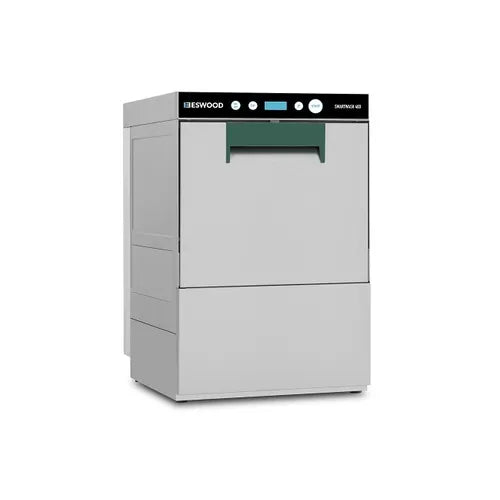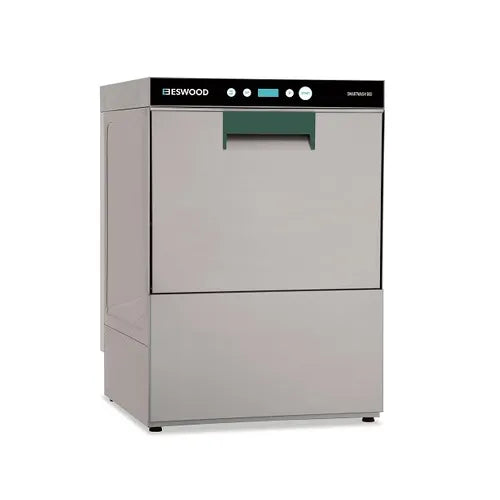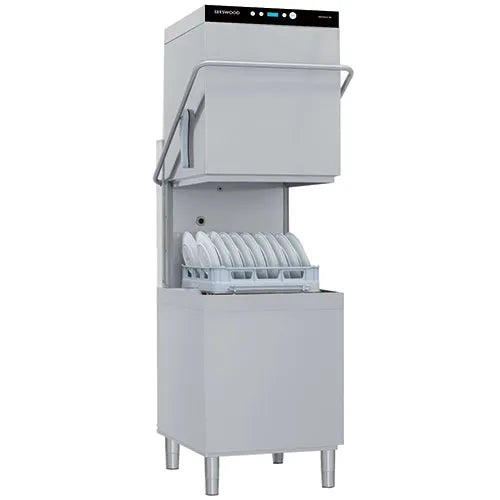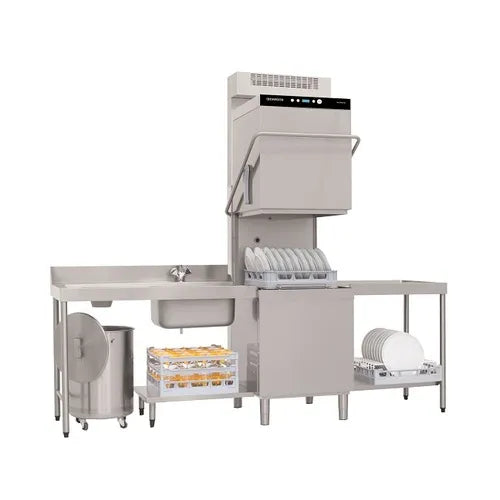When it comes to choosing cookware for your kitchen, the debate between stainless steel vs aluminum is a hot one. Both materials are popular choices among home cooks and professional chefs alike—but each offers different benefits when it comes to durability, heat conductivity, food taste, and ease of cleaning. In this post, we’ll break down the key differences so you can decide which pan is right for your cooking style.
🔥 Heat Conductivity: Aluminum Heats Faster, Stainless Holds Steady
Aluminum pans are known for their excellent heat conductivity. They heat up quickly and distribute heat evenly, which is ideal for fast cooking or delicate tasks like sautéing or simmering.
On the other hand, stainless steel is a poor conductor of heat, but many stainless steel pans have an aluminum or copper core to improve performance. While it may heat slower, stainless steel retains heat well and gives more precise temperature control—great for searing or browning.
Winner: Aluminum (for speed); Stainless Steel (for control)
🛠️ Durability & Longevity: Stainless Steel Takes the Lead
When it comes to long-term durability, stainless steel is the clear winner. It’s resistant to rust, corrosion, dents, and warping, even with heavy use. Stainless steel cookware can last decades with proper care.
Aluminum, especially untreated or non-anodized, is softer and more prone to scratches, warping, and wear over time. Anodized aluminum is more durable, but still doesn’t match the lifespan of high-quality stainless steel.
Winner: Stainless Steel
🍳 Food Taste: Stainless Steel for Pure Flavors
Stainless steel is non-reactive, meaning it won’t alter the taste or color of acidic or alkaline foods like tomatoes, vinegar, or lemon.
Aluminum (unless anodized) is reactive, and cooking acidic foods in untreated aluminum can give your dishes a metallic taste or cause discoloration.
Winner: Stainless Steel
🧼 Ease of Cleaning: It Depends on the Coating
Stainless steel pans can be tougher to clean if food sticks—but they’re also dishwasher-safe and can handle abrasive scrubbing or steel wool if needed.
Aluminum pans are usually coated (e.g., nonstick), making them easier to clean by hand, but they’re not always dishwasher-safe, and the coating can wear off over time.
Winner: Aluminum (with coating); Stainless Steel (for heavy-duty cleaning)
⚖️ Final Verdict: Which Cookware Is Better?
| Feature | Winner |
|---|---|
| Heat Conductivity | Aluminum |
| Durability | Stainless Steel |
| Taste Preservation | Stainless Steel |
| Ease of Cleaning | Aluminum (coated) |
| Overall Longevity | Stainless Steel |
If you're looking for precision, durability, and better-tasting food, go for stainless steel cookware. It's a long-term investment that can handle a wide range of cooking tasks.
If you prefer lightweight, budget-friendly cookware that heats fast and cleans up easily, aluminum pans—especially anodized or nonstick versions—are a great choice for everyday cooking









